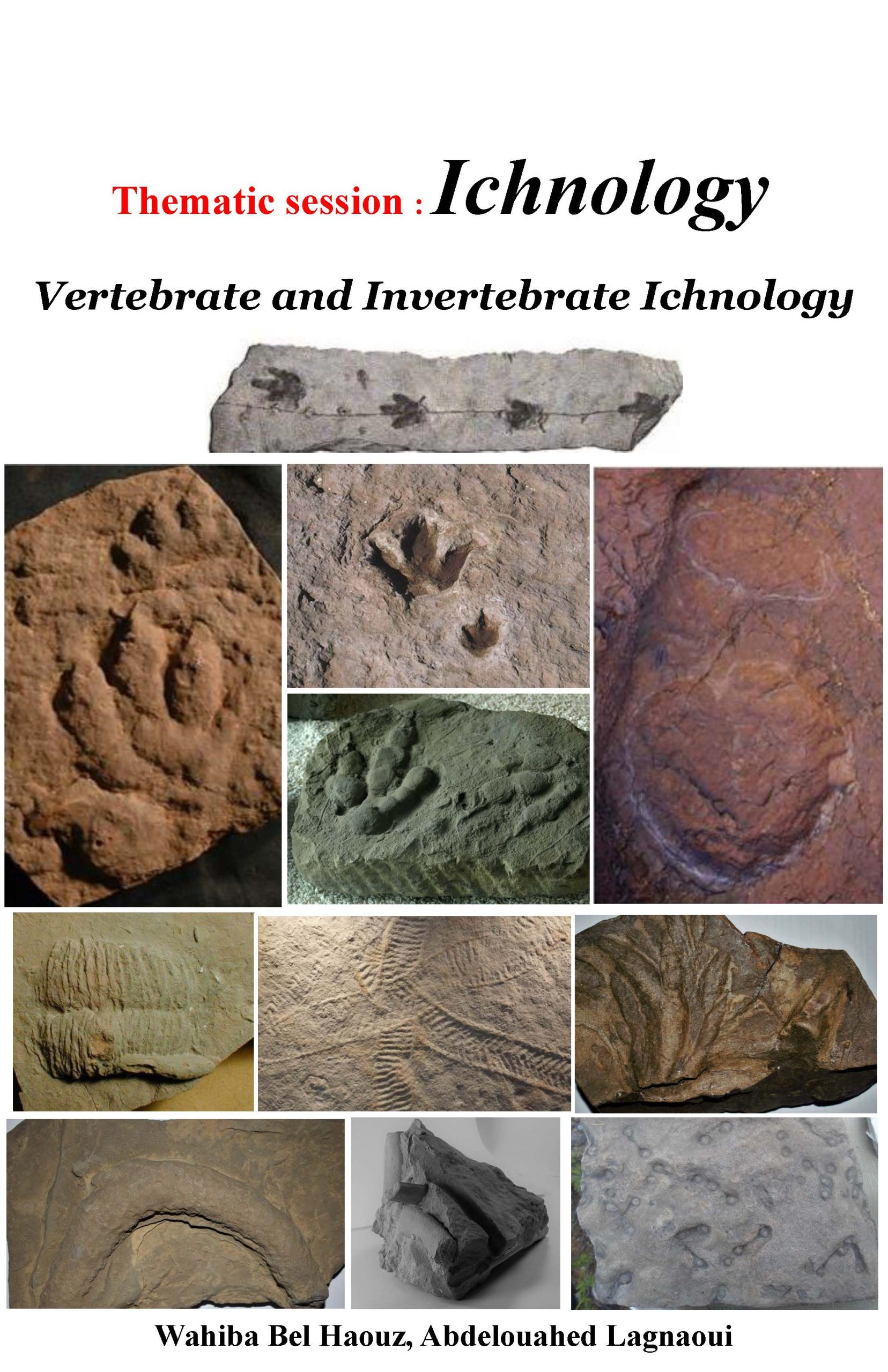Ichnology: Vertebrate and Invertebrate Ichnology

AUTHORS
Wahiba Bel Haouz
Geosciences Laboratory, Hassan II University, Morocco
wahiba.belhaouz@gmail.com
Abdelouahed Lagnaoui
Higher School of Education and Training Berrechid (ESEFB), Hassan First University- Berrechid, Morocco.
abdelouahed.lagnaoui@uhp.ac.ma
Abstract
Ichnology is the study of vertebrate and invertebrate trace fossils, the preserved evidence of biological activity in the geological record. Rather than focusing on body fossils, ichnologists study things like footprints, burrows, feeding marks, root traces and other indirect signs of how ancient organisms behaved and interacted with their environment. These traces provide a window into palaeobiodiversity and allow us to understand the behaviour of ancient organisms. This science includes ichnofacies (assemblages of trace fossils associated with specific depositional environments), bioturbation (the disturbance of sediments by living organisms, which can affect sediment structure and fossil preservation), and behavioural interpretation (understanding ancient behaviour, such as locomotion, feeding or habitation, from the traces left behind). Ichnology has applications in palaeoenvironmental reconstruction, stratigraphy and even oil and gas exploration, as trace fossils can serve as indicators of past environments and sediments.
